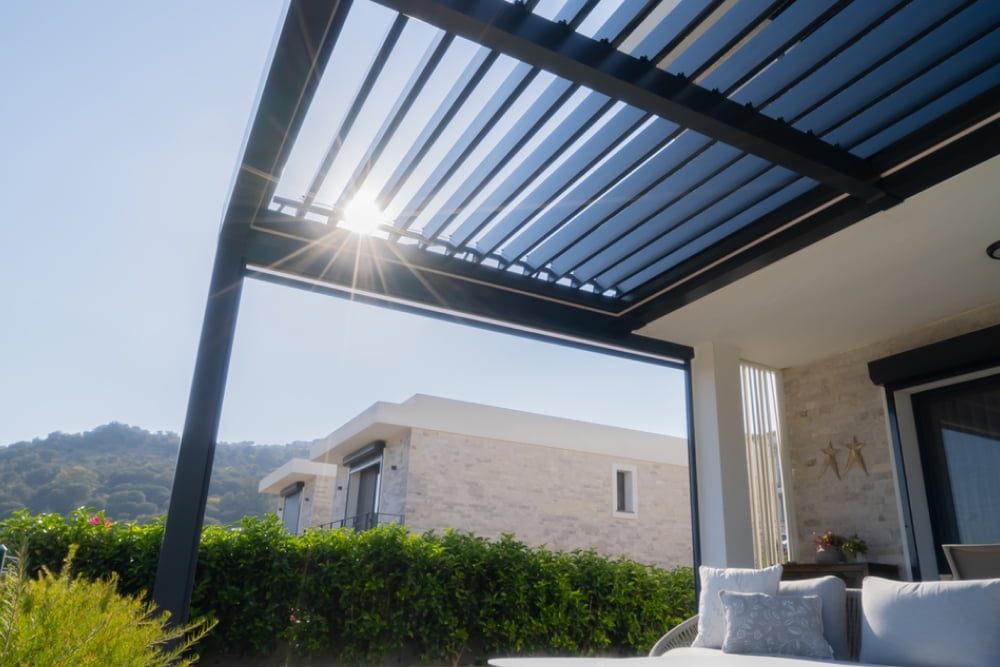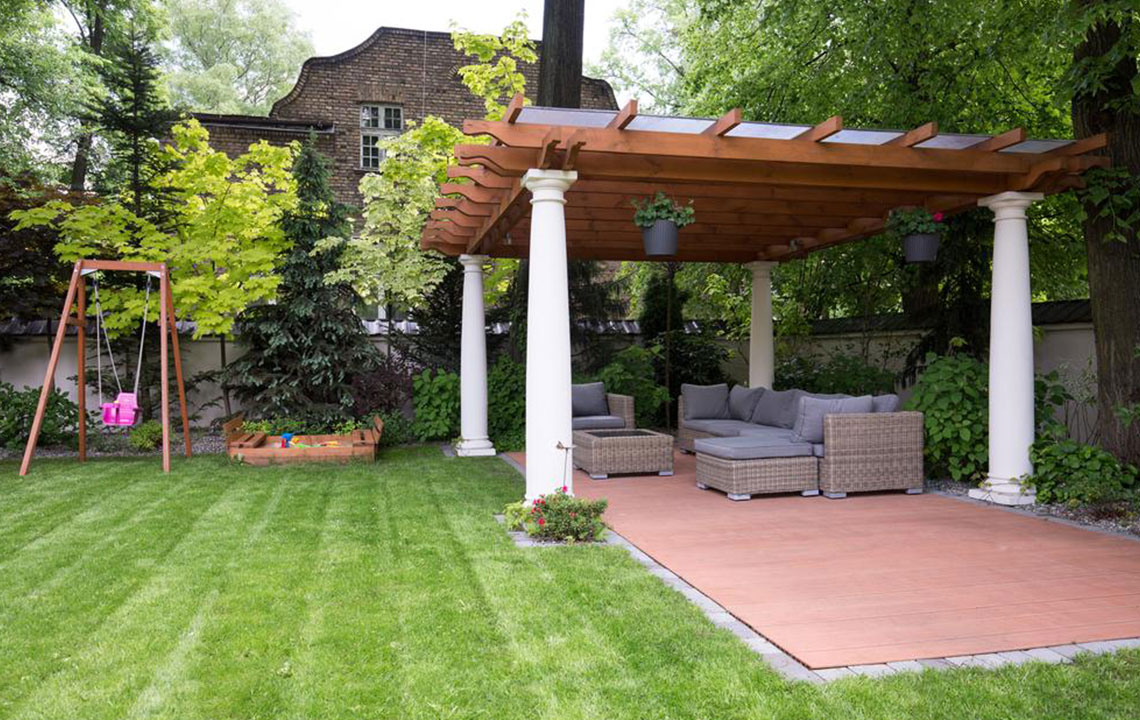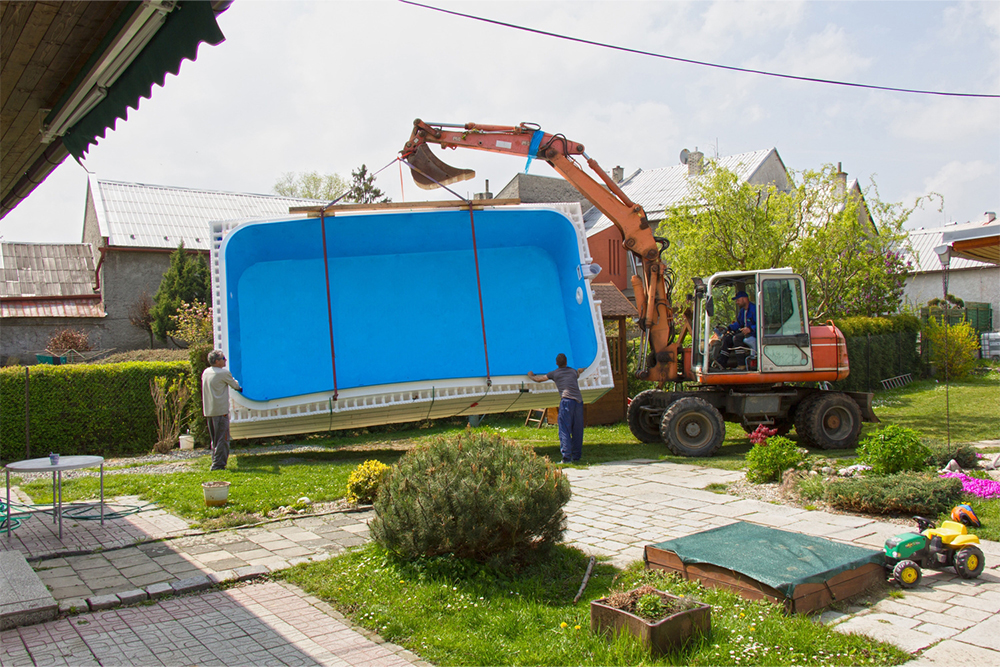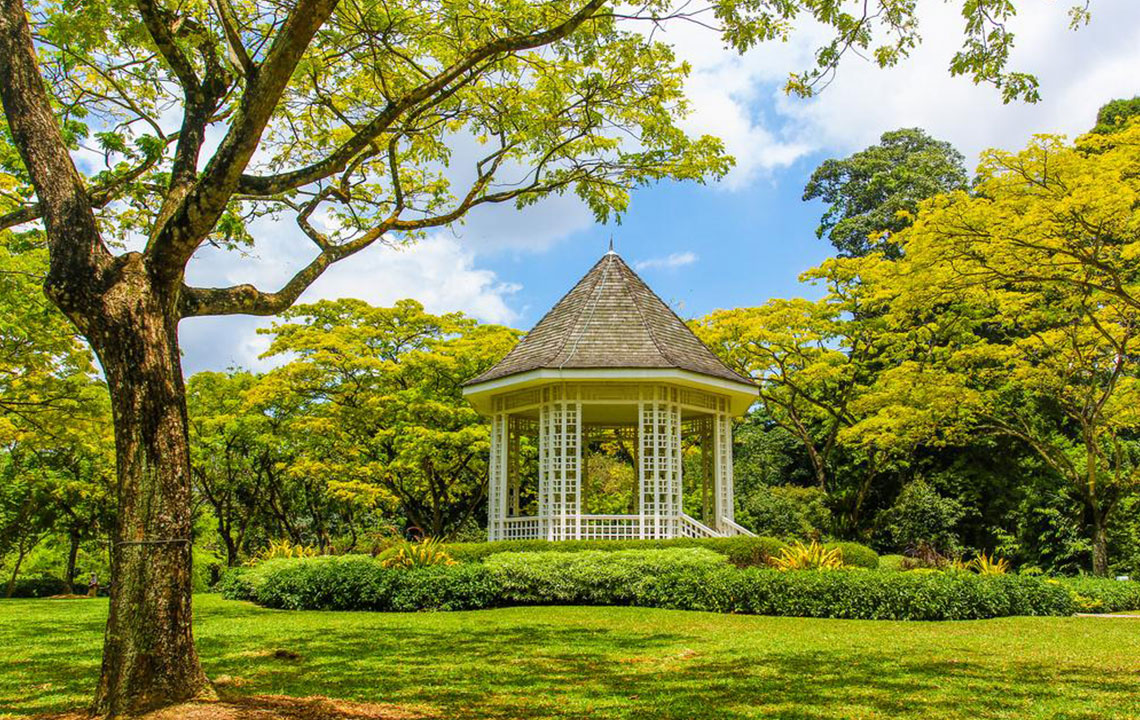Comprehensive Guide to Selecting the Ideal Gazebo for Your Outdoor Space
Discover everything you need to know about selecting the ideal gazebo for your outdoor area. From design styles and shapes to materials, sizing, and budget considerations, this comprehensive guide helps you create a perfect outdoor retreat. Learn tips on installation and maintenance to ensure your gazebo remains beautiful and functional for years. Whether for leisure, social gatherings, or enhancing your garden's aesthetics, make an informed decision with our expert advice. Transform your outdoor space into a charming sanctuary today!
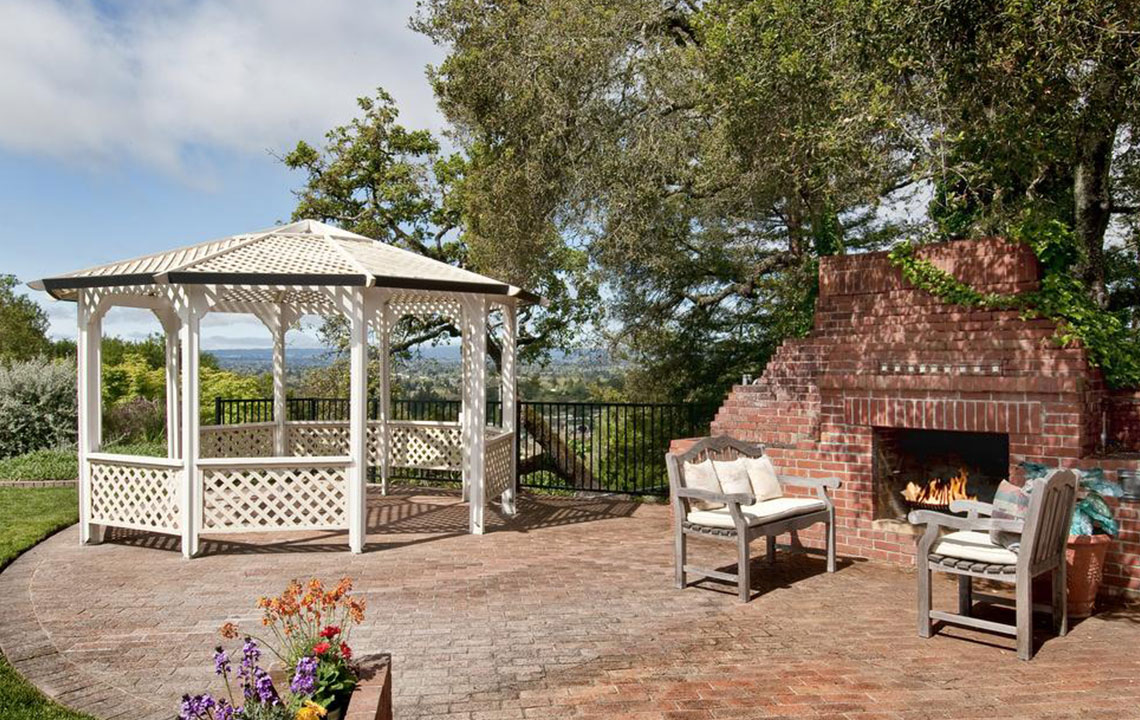
Comprehensive Guide to Selecting the Ideal Gazebo for Your Outdoor Space
An outdoor gazebo serves as a versatile and charming addition to any garden or backyard, creating a welcoming space for relaxation, entertaining guests, or enjoying peaceful moments amidst nature. With a wide range of designs, sizes, and materials available, choosing the perfect gazebo can enhance both the aesthetic and functionality of your outdoor environment. This comprehensive guide will help you navigate the key factors to consider when selecting a gazebo that matches your specific needs, style preferences, and budget.
**Understanding the Purpose of Your Gazebo** Before making a purchase, it’s crucial to identify how you plan to use your gazebo. Will it be a shaded spot for afternoon tea, a stylish venue for outdoor dining, an elegant shelter for poolside gatherings, or a cozy retreat for reading and relaxing? Clarifying its primary function will influence the size and design choices. For lounging or hosting larger groups, larger, open structures are advisable, while smaller, intimate gazebos suit personal retreats or decorative purposes.
**Design Styles and Structural Shapes** Gazebos come in various architectural styles, from classic Victorian-inspired designs to contemporary minimalist models. Popular shapes include square, hexagonal, octagonal, and oval. Each shape offers unique advantages: - Square gazebos are versatile and easy to fit into various landscape designs. - Hexagonal and octagonal shapes provide better social interaction spaces, ideal for gatherings and events. - Oval designs add an elegant touch and can create a softer, more flowing aesthetic. Choosing the right shape depends on your space, style preferences, and intended use, such as hosting outdoor parties or creating a tranquil retreat.
**Material Selection: Balancing Look, Maintenance, and Durability** The materials used in gazebo construction significantly impact appearance, longevity, and maintenance requirements. Common options include:
Wood: Offers a timeless, rustic appeal. Cedar and redwood are popular for their natural resistance to decay. However, wood may require regular sealing or staining to maintain its beauty and durability.
Vinyl (PVC): Known for low maintenance, vinyl gazebos resist chipping, fading, and rotting. They are generally easy to clean and ideal for homeowners seeking a fuss-free option.
Metal (Aluminum or Steel): Provides strength and stability, with aluminum being lightweight and corrosion-resistant. Metal gazebos are often more affordable and easier to assemble, making them suitable for those wanting a sturdy yet simple structure.
**Choosing the Right Size and Dimensions** The size of your gazebo should align with its intended purpose and your available outdoor space. For instance, if you plan to set up outdoor dining, a structure measuring at least 10x10 feet provides enough room for a table and chairs. Larger gatherings or poolside setups may require 12x12 feet or more. Remember to consider clearance space around the gazebo for movement and accessibility.
**Fixed vs. Portable Gazebos: Flexibility and Mobility** Decide whether a permanent fixture or a portable design better suits your needs. Permanent gazebos are often constructed with more durable materials like wood or steel, and they are anchored into the ground for stability. Portable or pop-up gazebos, typically made of lightweight materials like aluminum frames with fabric coverings, are ideal for seasonal use or occasional gatherings. They offer ease of setup and relocation but may have a shorter lifespan.
**Budget Considerations and Price Range** Your budget will significantly influence your choice. Basic, ready-to-assemble kits can start around $100, suitable for temporary setups or DIY enthusiasts, while high-end, custom-designed gazebos made from premium materials can cost over $1,500 or more. Features such as built-in lighting, screens, or decorative accents will also affect the overall cost. It's important to balance quality, aesthetics, and budget to make a worthwhile investment.
**Where to Buy Your Ideal Gazebo** Major retailers like Walmart, Amazon, and specialized online stores offer a broad selection of gazebos, often with customer reviews and detailed specifications to aid your decision. Many suppliers provide customizable options, allowing you to select colors, accessories, and sizes that complement your outdoor space. Additionally, local home improvement stores and garden centers often have physical displays and experts who can assist you in choosing the right model.
**Installation and Maintenance Tips** Once you select your gazebo, proper installation ensures safety and longevity. Read manufacturer instructions carefully, or consider professional assembly services. Regular maintenance, such as cleaning, sealing wood surfaces, and checking for structural integrity, will keep your gazebo looking beautiful and functioning well for years to come. For seasonal or winter storage, consider covering or disassembling portable structures to prevent weather-related wear.
In summary, selecting the perfect gazebo involves understanding your needs, aesthetic preferences, space constraints, and budget. With the right combination of design, materials, and size, your outdoor space can be transformed into a stylish, functional retreat for relaxing and entertaining throughout the year.
